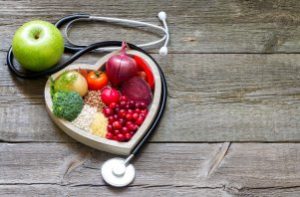Review of scientific research on the effect of salt on the heart and blood vessels
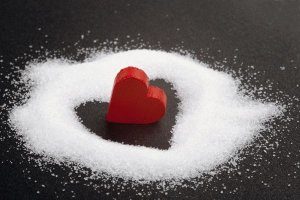 The state of the cardiovascular system is influenced by many factors, including the quality and composition of food consumed. Different genetic predispositions imply appropriate dietary patterns, water and salt intake.
The state of the cardiovascular system is influenced by many factors, including the quality and composition of food consumed. Different genetic predispositions imply appropriate dietary patterns, water and salt intake.
The attitude of nutritionology to salt consumption is ambiguous, its consumption should be consistent with the individual needs of the body, however, studies show that complete rejection of it leads to negative trends and increases the risk of developing cardiovascular diseases. Salt abuse is also harmful to heart health, as indicated Numerous studies . In this article, we will try to figure out where the golden mean is and in what quantities it should be consumed.
Content
The effect of sodium on the heart
 Salt intake should be reasonable. Its overabundance negatively affects the activity of the heart muscle.
Excessive accumulation of sodium, abundantly contained in salt, is fraught with spasms of the heart muscle, the extreme degree of which is expressed in the possibility of a heart attack.
Salt intake should be reasonable. Its overabundance negatively affects the activity of the heart muscle.
Excessive accumulation of sodium, abundantly contained in salt, is fraught with spasms of the heart muscle, the extreme degree of which is expressed in the possibility of a heart attack.
Effects on the vascular system
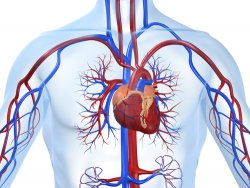 Salt is known to have an effect on the endothelium, the inner vascular wall. The endothelium plays a role in the body that regulates blood flow and is responsible for vascular tone.
Salt is known to have an effect on the endothelium, the inner vascular wall. The endothelium plays a role in the body that regulates blood flow and is responsible for vascular tone.
Researchers often associate high blood pressure in people prone to obesity and obesity with salt consumption, which is repeatedly has been confirmed by research .
Medical recommendations consumption of a volume not exceeding one teaspoon , not everyone observes. The average statistics show daily consumption twice as high as this indicator.
At the same time, data from the American Heart Association on studies conducted in which 29 people of different genders suffering from obesity participated are publicly available. The participants in the study were divided into 2 groups, representatives of one of which ate 3.5 g of salt daily, and the other about 7 g. At the same time, applicants who did not suffer from blood pressure problems were selected. The results were such that participants who consumed 3.5 g of salt daily were diagnosed with improved endothelial function . In addition, there was a slight decrease in systolic pressure.
At the same time, representatives of the Heart Association recommend that the results of the study be considered hypothetical due to numerous additional factors that could not be taken into account.
Features of use in various diseases
Salt intake should be adjusted depending on the type of cardiovascular disease. For some of them, experts recommend a salt–free diet, for others - it can have a detrimental effect on health.
Arterial hypertension
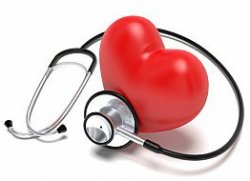 Most sufferers of this disease are salt-susceptible, that is, an increase in salt intake leads to a proportional increase in blood pressure
, which is fraught with complications and seizures.
Most sufferers of this disease are salt-susceptible, that is, an increase in salt intake leads to a proportional increase in blood pressure
, which is fraught with complications and seizures.
Patients in this category are advised to reduce their salt intake, and it is important to consume salt evenly throughout the day.
Ischemic disease
Reduction of salt intake in ischemic disease due to the need to reduce the load on the myocardium . The load is primarily related to the sodium content in the body. At the same time, pharmacies sell salt with a minimum sodium content, replaced by potassium, the consumption of which is just useful. It is found in large quantities in greens (lettuce, parsley, coriander, etc.) and walnuts.
Atherosclerosis
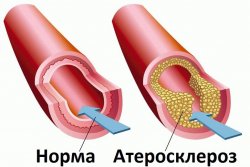 Low-sodium salt is also recommended for patients with atherosclerosis. Due to its consumption, the likelihood of hypertension decreases, the risk of which is especially high for those suffering from atherosclerosis, pressure stabilizes, swelling decreases.
Low-sodium salt is also recommended for patients with atherosclerosis. Due to its consumption, the likelihood of hypertension decreases, the risk of which is especially high for those suffering from atherosclerosis, pressure stabilizes, swelling decreases.
Despite its reduced harm, it is recommended to keep consumption within 5 grams daily.
Tachycardia
There is an opinion that tachycardia attacks can be dealt with by drinking water with dissolved salt . The method belongs to the folk, it is better to consult a specialist about the possibility of its application.
What else should be included in the diet?
In addition to salt intake, it is important to pay attention to other components of the diet that have a beneficial effect on the state of the cardiovascular system. These primarily include the following food groups:
Fruits
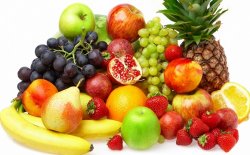
- Bananas - have a calming effect on body systems;
- Lemon - the benefits of citrus fruits are due to the huge amount of vitamins and other useful substances that help maintain the elasticity of the walls of blood vessels;
- Garnet is an indispensable product in the diet of "cores" and not only. The substances contained in its composition have a restorative effect, make the walls of blood vessels more durable, favorably affect the work of the heart, regulating its rhythm;
- Persimmon - due to the magnesium content, it stimulates the heart, especially useful for varicose veins;
Vegetables
- Garlic - reduces blood pressure, activates blood flow in the body;
- Onion - improves the condition of the body in anemia and atherosclerosis;
- Pumpkin - the benefits of pumpkin are due to the high content of potassium;
- Pepper - improves cardiac activity and catalyzes the effect of natural drugs;
Berries
- Cranberries - improves blood flow, reduces the risk of heart attacks and strokes;
- Kalina - normalizes blood pressure during arrhythmia;
- Grapes - promotes vasodilation and prevents the formation of blood clots;
Other food
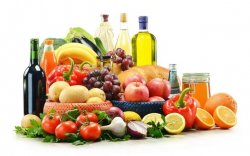
- Dried fruits - the benefits of dried fruits are primarily due to the preservation of useful substances. Fruits lose their properties significantly during heat treatment, harvesting for the winter, and freezing.
At the same time, dried fruits retain almost all trace elements, which is why their consumption is recommended in the autumn-winter and spring seasons; - Nuts is an indispensable food for the heart and strengthening blood vessels.
- Honey - useful for tachycardia and hypertension;
- Dairy products - the benefits derived by the body from the consumption of dairy products are directly related to the body's ability to absorb milk sugar – lactose. At the same time, this ability is lost with age, so milk is most useful for children. It is better for adults to choose foods with a low lactose content so as not to overload the body;
- Fish - The positive effect of fish consumption is significantly superior in this respect to meat, including beef, veal and lamb with a low fat content. The fat contained in fish is necessary for everyone, and the fat contained in pork and lamb, suffering from cardiovascular diseases, is directly contraindicated. That is why experts recommend replacing meat with fish in the diet for at least two days a week;
- Turmeric is a rare spice, its "merits" are attributed to the prevention of cancer and beneficial effects on the state of the cardiovascular system;
- The most useful porridge for the heart is millet, buckwheat, rice, oatmeal and oatmeal are also recommended;
- Olive and linseed oils provide heart nutrition and vascular repair. At the same time, it is important to choose the right variety obtained as a result of the first pressing;
- Bitter chocolate - due to the small amount of sugar, the positive properties of chocolate are not offset by the harm from sugar consumption;
- Drinks - tea is recommended for the cores low in caffeine – that is, primarily green and white. Concerning coffee and red wine , the opinion of experts on the issue of their consumption is limited to one glass of dry red wine or no more than three cups of espresso. Espresso is recommended due to the properties of caffeine, which extend to the entire volume of the drink without taking into account its strength.
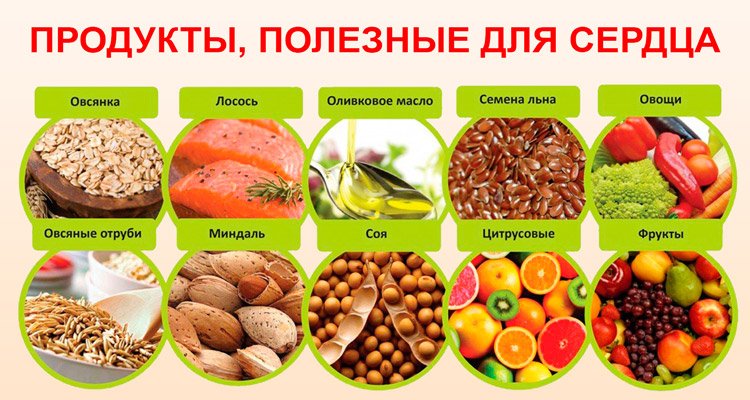
It is worth noting that the salt available to the consumer is heterogeneous in composition and content of important trace elements. The most useful is sea salt, obtained by natural evaporation. It costs more, and is also represented in rare retail chains. The consumption of "classic" salt, that is, obtained by processing, is somewhat more harmful due to the fact that it loses some positive properties during processing. In any case, salt intake should be reasonable, and reducing or increasing its consumption should be coordinated with a specialist.
